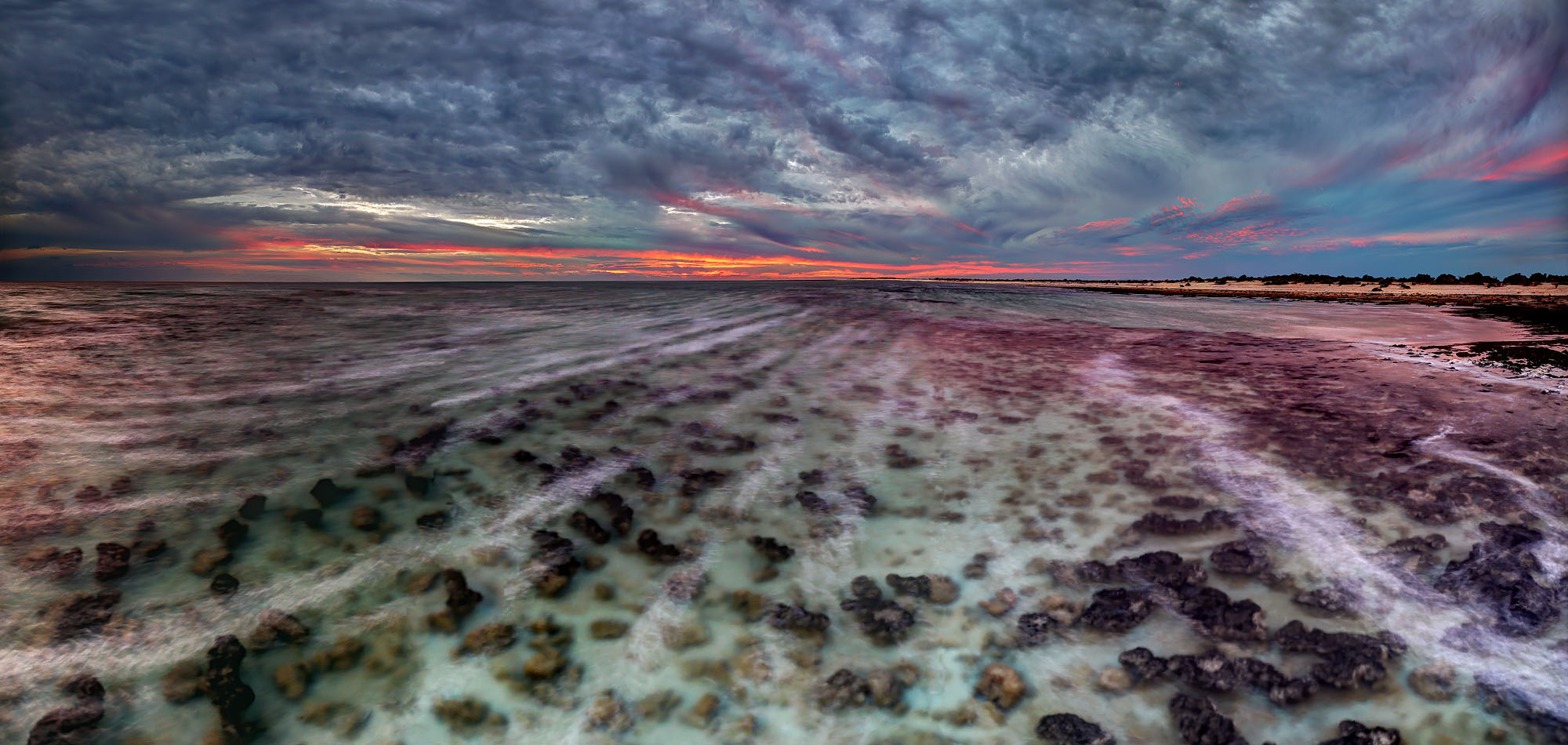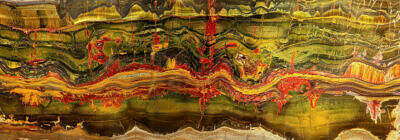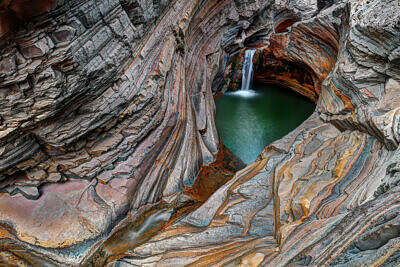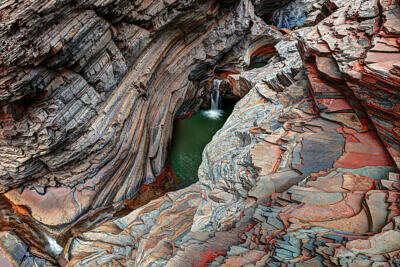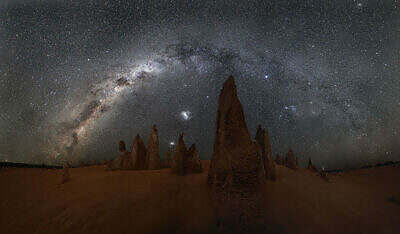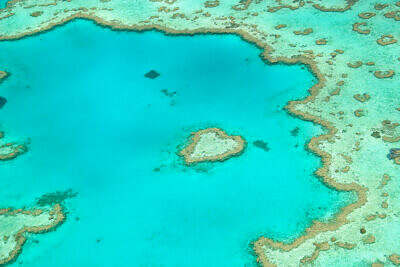The living rocks in the Hamelin Pool lagoon of Shark Bay in Western Australia convey a vivid impression of how Earth may have looked like at the beginning of life 3500 million years ago.
The black structures in the water are living rocks, called stromatolites. They consist of thin mats of blue-green algae, the cyanobacteria and they are our ancestors.

